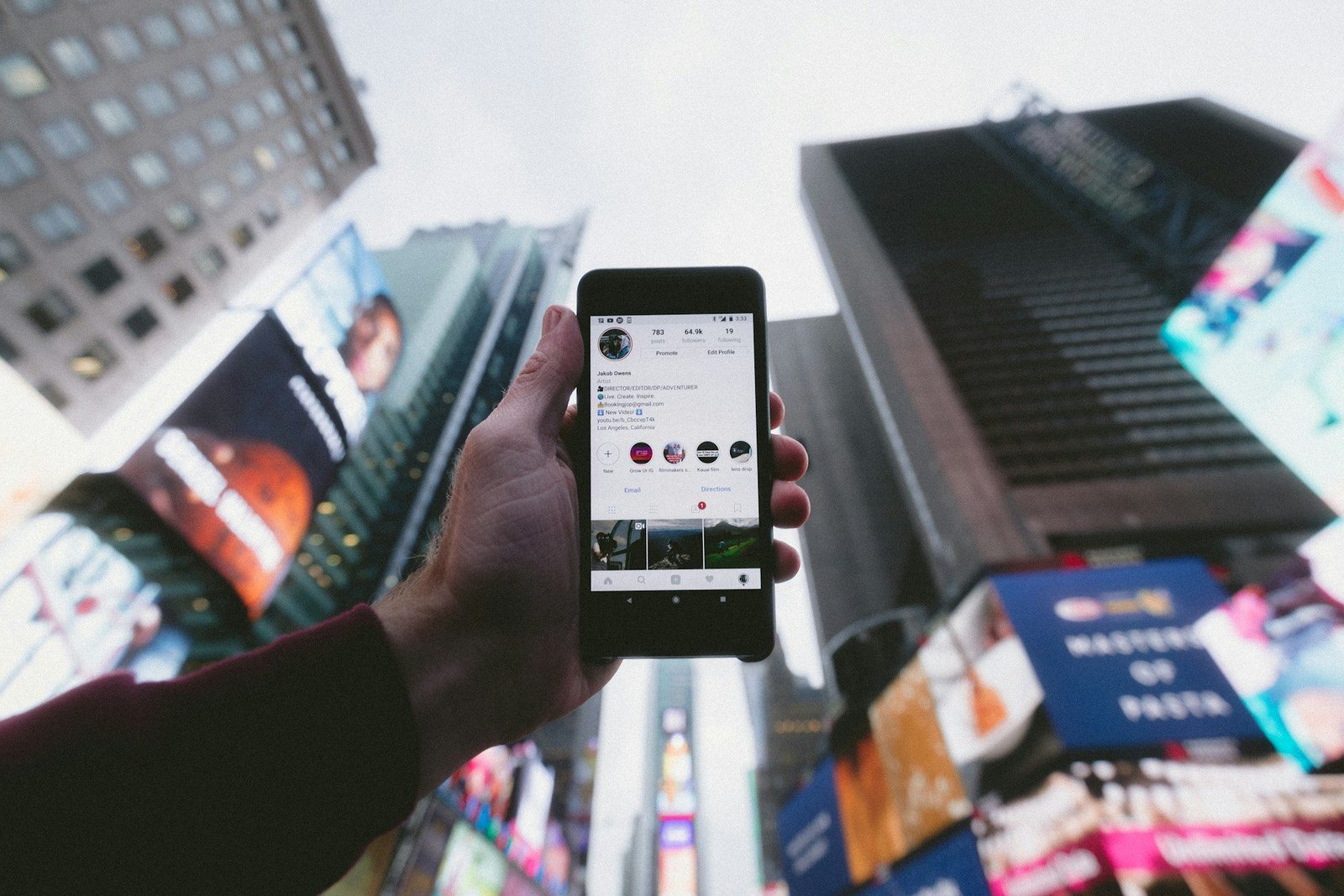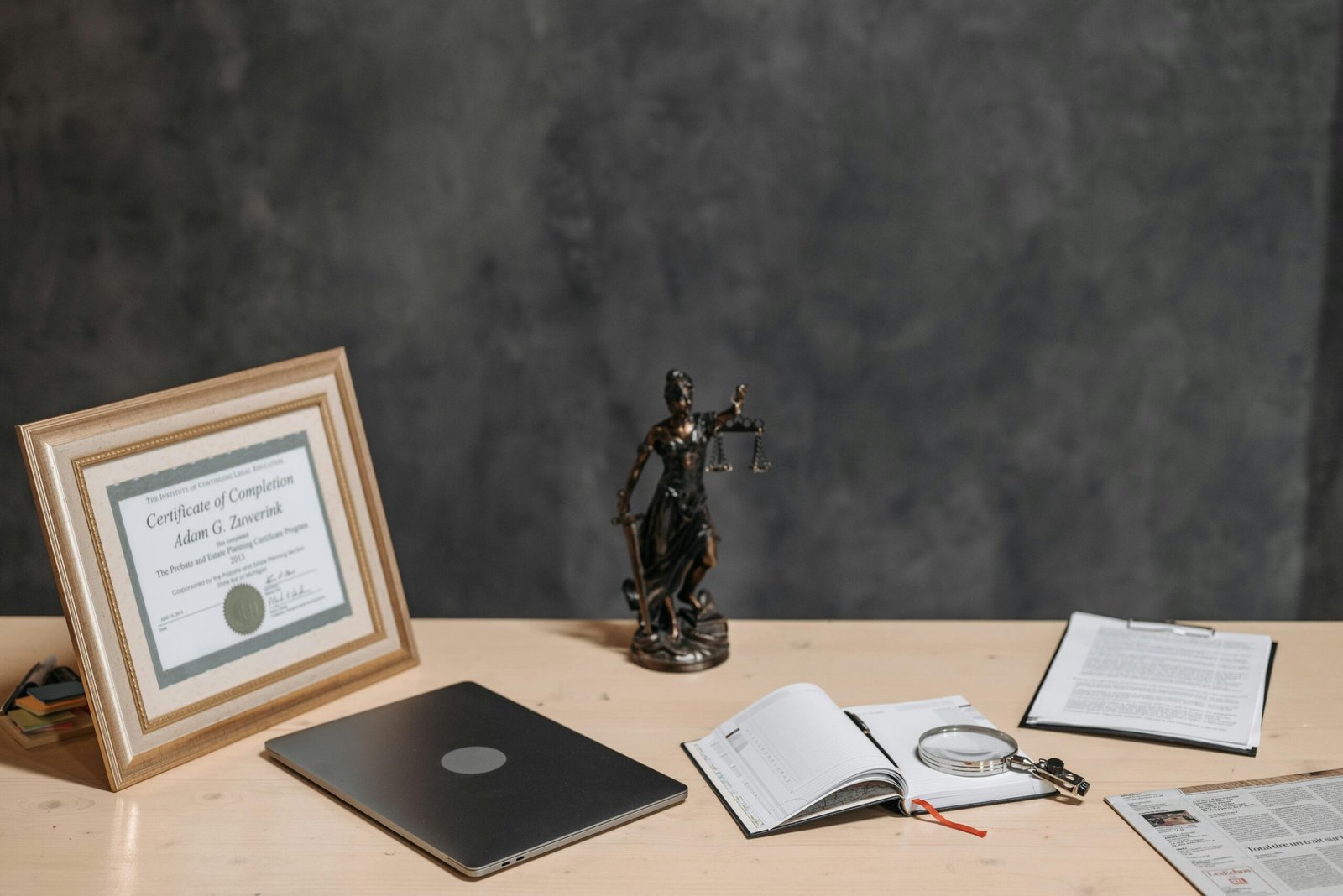How Can You Protect Your Social Media Privacy Rights At Workplace? Expert Tips
To protect your social media privacy rights at work, adjust your privacy settings and avoid using work devices. Be

To protect your social media privacy rights at work, adjust your privacy settings and avoid using work devices. Be cautious about sharing personal information.
Social media privacy at the workplace is crucial. Employers might monitor your online activity. Keeping your social media accounts private can help safeguard your personal information. It’s essential to separate professional and personal lives online. Use strong, unique passwords for your accounts.
Regularly review privacy settings to ensure they align with your comfort level. Avoid posting sensitive information that could be misinterpreted or misused. Be mindful of the content you share and who can see it. Taking these steps can help maintain your social media privacy rights at work.
Importance Of Social Media Privacy
Social media privacy is crucial in today’s digital age. Employees often share personal information online. This can affect their workplace reputation and security. Understanding the importance of social media privacy helps protect your rights. It also ensures a safer work environment.
Risks Of Oversharing
Oversharing on social media can lead to various risks. Sharing too much can expose personal and sensitive information. This information can be misused by cybercriminals. It can also lead to identity theft.
Another risk is unwanted attention. Strangers or malicious users may target oversharers. This can lead to harassment or stalking. Be cautious about what you share.
Oversharing can also impact your professional life. Employers and colleagues might see your posts. This can affect their perception of you. Always think before you post.
Potential Workplace Consequences
| Consequence | Impact |
|---|---|
| Damage to Reputation | Inappropriate posts can tarnish your professional image. |
| Job Loss | Some posts can lead to termination if against company policy. |
| Conflict with Colleagues | Posts can cause misunderstandings and conflicts at work. |
Protecting social media privacy helps avoid these consequences. Always review your privacy settings. Be mindful of your audience. Share responsibly to protect your workplace relationships and job security.
Creating Strong Passwords
Strong passwords are essential for protecting your social media privacy rights at work. Weak passwords make it easy for hackers to access your accounts. Learn how to create strong passwords and keep your information safe.
Password Management Tools
Using password management tools can help you create and store strong passwords. These tools generate complex passwords that are hard to guess.
- LastPass: This tool stores all your passwords in one place.
- 1Password: It helps you create strong passwords and remembers them for you.
- Dashlane: It offers a secure way to manage your passwords.
These tools can also remind you to update your passwords regularly. This adds an extra layer of security to your accounts.
Tips For Strong Passwords
Creating a strong password is simple if you follow these tips:
- Use at least 12 characters: Longer passwords are harder to crack.
- Mix letters, numbers, and symbols: This makes your password more complex.
- Avoid common words and phrases: Do not use easy-to-guess words.
- Change passwords regularly: Update your passwords every few months.
- Do not reuse passwords: Use a unique password for each account.
Following these tips will help keep your social media accounts secure at work.
Adjusting Privacy Settings
Protecting your social media privacy at work starts with adjusting your privacy settings. These settings control who sees your posts and personal information. Ensuring they are set correctly can help you maintain your privacy.
Platform-specific Settings
Every social media platform has unique privacy settings. Understanding these settings is crucial.
- Facebook: Navigate to Settings & Privacy. Select Privacy Checkup. Adjust who can see your posts and profile information.
- Twitter: Go to Settings and Privacy. Under Privacy and Safety, control who can see your tweets and contact you.
- LinkedIn: Visit Settings & Privacy. Adjust visibility of your profile, connections, and activity.
Regular Privacy Audits
Conducting regular privacy audits helps ensure your settings remain optimal.
- Review your friend or follower list. Remove any unknown contacts.
- Check the visibility of your past posts. Limit access if necessary.
- Update your privacy settings periodically. Platforms often update their policies.
Here is a summary of key actions:
| Action | Frequency |
|---|---|
| Review privacy settings | Monthly |
| Update settings for new features | As needed |
| Remove unknown contacts | Quarterly |

Being Cautious With Connections
Social media privacy is crucial at the workplace. Being cautious with connections can help protect your privacy rights. Carefully managing your social media connections ensures your personal information remains secure.
Understanding Friend Requests
Not all friend requests are genuine. Some might come from colleagues or unknown people. Evaluate each request carefully before accepting. Ask yourself if you know the person well enough. Check their profile for authenticity. Look for mutual connections and common interests. If unsure, it’s better to decline.
Limiting Professional Contacts
It’s wise to limit professional contacts on social media. Keep your work and personal life separate. Create boundaries by using different social media platforms for each. For example, use LinkedIn for professional networking. Use Facebook and Instagram for personal connections.
- Assess the necessity of connecting with work colleagues.
- Consider the potential impact on your professional image.
- Set privacy settings to restrict what colleagues can see.
Maintaining a clear distinction helps you manage your online presence better. It reduces the risk of oversharing personal details with professional contacts.
| Platform | Purpose |
|---|---|
| Professional Networking | |
| Personal Connections | |
| Personal Connections |
Being cautious with connections is vital. It helps protect your social media privacy rights at the workplace.
Legal Rights And Workplace Policies
Protecting your social media privacy rights at the workplace is crucial. Knowing your legal rights and understanding company policies helps you stay secure.
Understanding Company Policies
First, read your company’s social media policy. Many companies have guidelines on social media use. These rules tell you what is allowed and what is not. They protect both you and the company. Ignoring these policies can get you in trouble.
| Policy Aspect | Details |
|---|---|
| Acceptable Use | Guidelines on what you can share online. |
| Monitoring | Information on how your online activity is tracked. |
| Disciplinary Actions | Consequences of breaking the social media rules. |
Always follow these rules to keep your job safe. If unsure, ask your HR department. They can explain the policies better.
Knowing Your Legal Protections
Understanding your legal rights is equally important. Certain laws protect your privacy on social media. These laws vary by country and state. In the U.S., the National Labor Relations Act (NLRA) offers protections. It allows employees to discuss work conditions freely.
- NLRA: Protects employee discussions about work conditions.
- State Laws: Some states have stricter privacy laws.
Check your local laws to know your rights. You can also talk to a legal expert. They can guide you on how to protect your social media privacy.
Remember, being aware of both company policies and legal protections keeps you safe. This knowledge helps you navigate social media use at work.

Frequently Asked Questions
How Will You Protect Your Social Media Privacy?
To protect your social media privacy, adjust privacy settings, use strong passwords, avoid sharing personal information, enable two-factor authentication, and regularly review account activity.
How Can I Protect My Privacy At Work?
To protect your privacy at work, use strong passwords and change them regularly. Avoid sharing personal information. Lock your computer when away. Be cautious with emails and links. Use privacy settings on social media.
How Do I Stop Employees From Using Social Media At Work?
Set clear social media policies. Use website blockers during work hours. Offer engaging tasks. Monitor internet usage. Educate employees on productivity benefits.
What Is A Workplace Rule For Using Social Media At Work?
Limit social media use to breaks. Avoid sharing confidential company information. Maintain professionalism in posts. Do not engage in workplace conflicts online. Follow company social media policies.
Conclusion
Safeguarding your social media privacy at work is crucial. Follow company policies, adjust privacy settings, and stay informed. Educate yourself about potential risks and take proactive steps. By doing so, you can enjoy social media without compromising your privacy. Protect your rights and maintain a secure online presence at your workplace.















